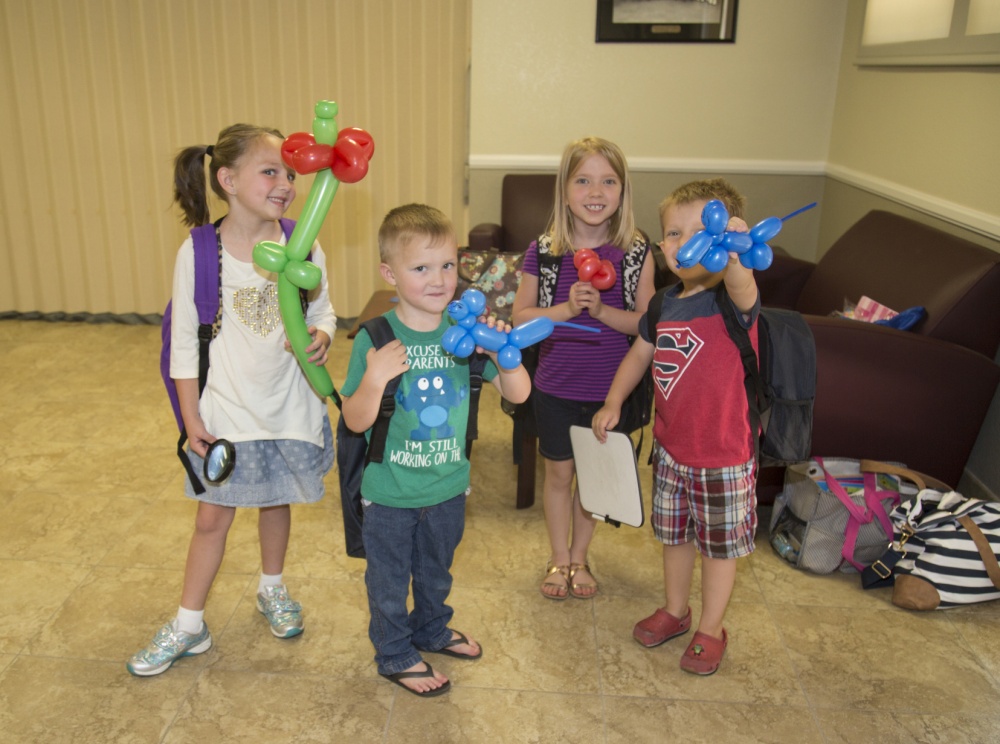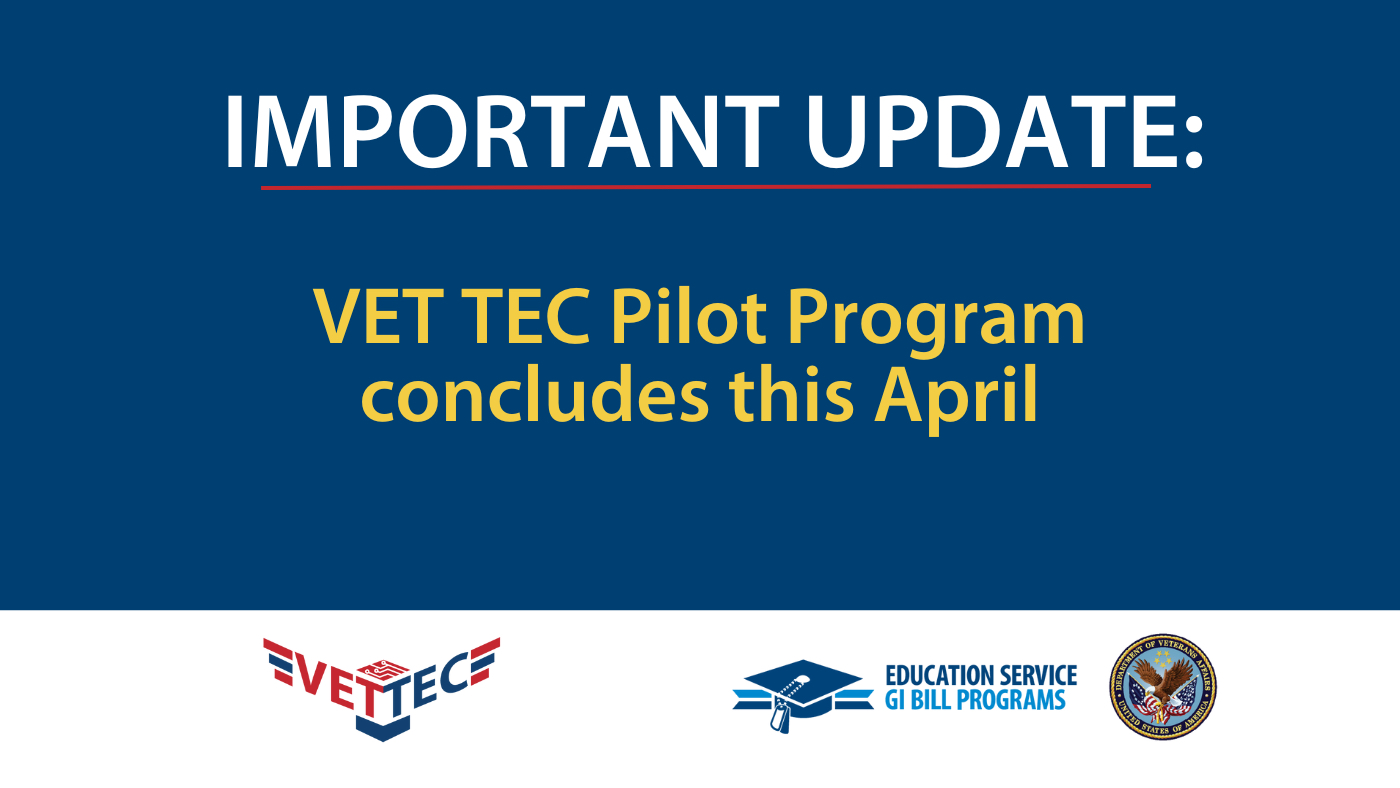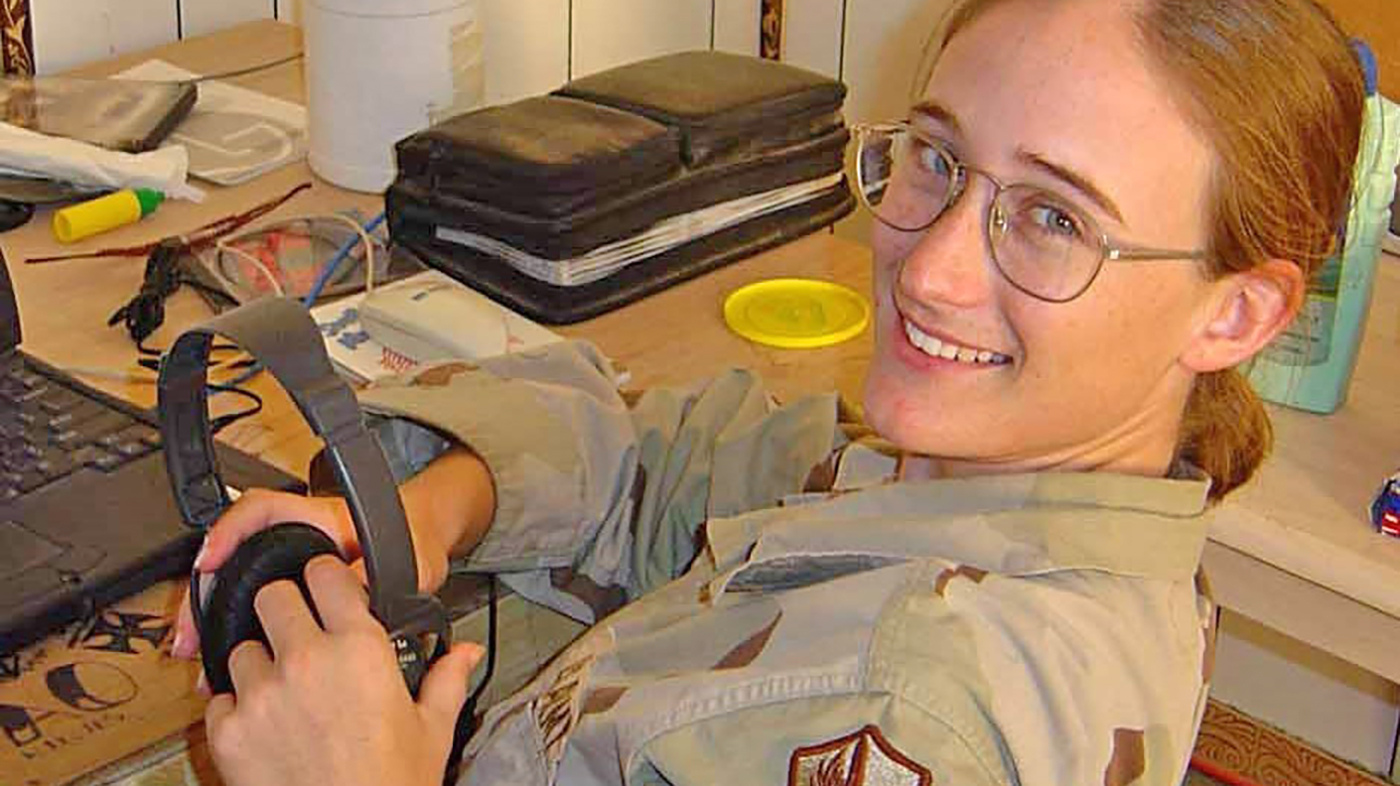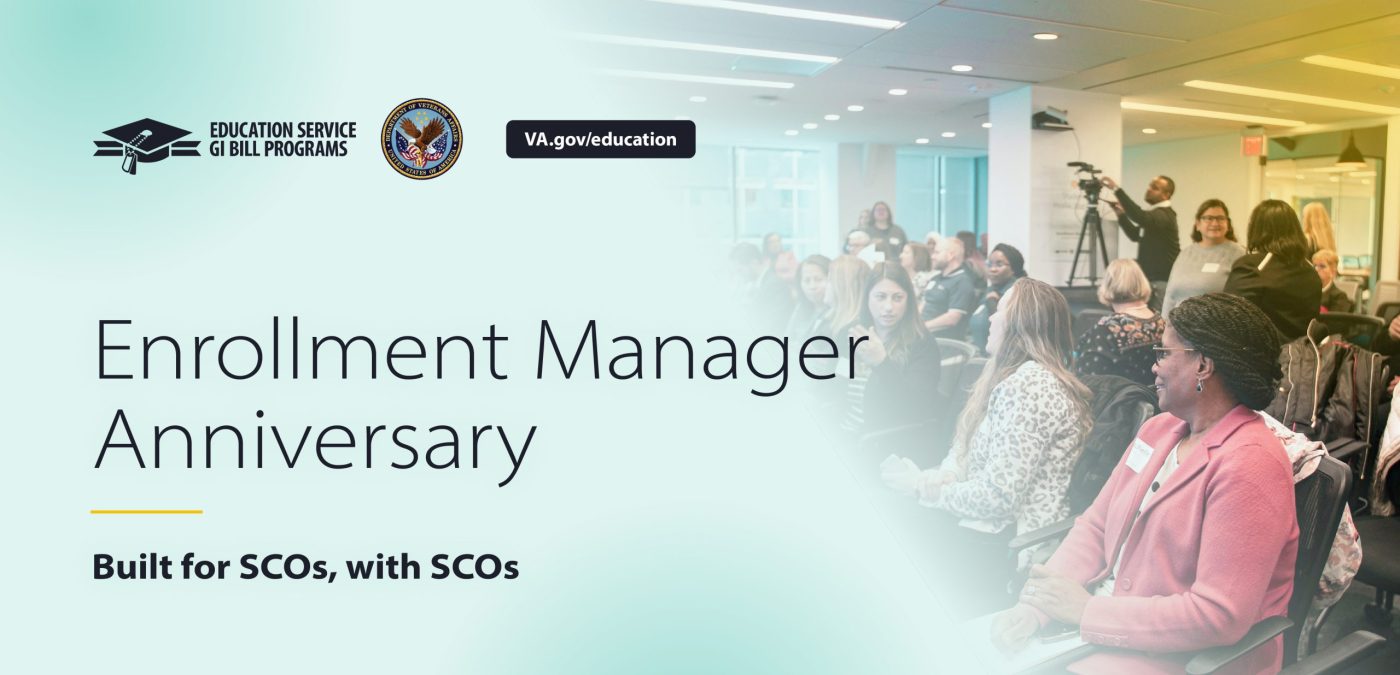I grew up in the same small town as my first-generation father, along with about 90 cousins and 15 aunts and uncles. There was no street light downtown, but there was my dad’s real estate office, my Uncle Manny’s clothing store, and my Aunt Mary with her eight children who stood watch at home because someone always needed something or folks just wanted to stop by and chat. At least six of my teachers in high school grew up with my dad, as did most of the police and fire department leadership. Their kids were my friends. You get the picture. When behavioral health specialists talk about “protective factors,” I was about smothered in them.
So when I began to get involved in Veteran and military family issues, even as a new military spouse, I wasn’t entirely clear about the disconnect military families feel from moving so often, or from Veteran families who feel like their military service is largely unnoticed by their neighbors, except for the occasional car sticker or tee shirt displaying a family’s military branch. Much has been done but that civ-mil disconnect still exists for many of our military-connected families.
As the school year begins, it’s worth keeping in mind what all of us can do to help military-connected children as neighbors, teachers, fellow parishioners, etc. Military kids move, on average, about nine times in their parent’s military career. It is a time of upheaval with making new friends, settling into a new home and new schools, and over the years, most military kids learn to adapt. It is generally not an isolated experience as other military families PCS at the same time. They have learned to find each other at the installation rec centers, after school clubs, etc.
Children of Veterans are a different matter. They are adjusting to a new normal that makes their prior service as a military family largely invisible, oftentimes away from the larger military community that lives closer to a base. They are now just like every other kid in school, no longer “military children.” A relief, right?
Not necessarily.
The Military Child Education Coalition estimates there are about 1.2 million children K-12 with parents who are post-9/11 Veterans. These children are often adjusting to civilian life at the same time as their parents who are navigating their own twists and turns on the road of transition. Quality child care is no longer subsidized and expensive, spousal unemployment is exacerbated, low financial awareness of new issues like large tax bills and housing expenses adds to family stress, and there is the dirty little secret of transition to civilian life: the realization that the Veteran’s first job out of uniform may not be not their last as they struggle to find value in their new “mission.”
This is where we can all help. School-age children may live in a home with a wounded Veteran and may also be a caregiver, they may be a surviving child without a mom or dad at all, or they may be struggling with their own identity as they are no longer surrounded by kids whose parents share the same mission as theirs do. A Veteran child may be the new kid in class, but his or her family doesn’t have that military safety-net anymore. They might not have figured out things like what community resources are out there, what kind of health insurance they’re eligible for, and what being a Veteran family is all about. But, invisible or not, these children lived through their parent’s war experience – as many as 15 years – and still live with its legacy. If their school and their community can remove the invisibility cloak from these kids and their families by tapping into valuable resources, they will find someone with life experiences beyond their years, stories to tell, and a real desire to be part of the social fabric of their new reality. As the saying goes, “it takes a village.”
VA Vet Centers provide some of these resources, such as family counseling for military related issues and individual and group counseling for eligible Veterans, Servicemembers and their families. Find out more about Vet Centers and eligibility for the readjustment counseling services they provide And for military families who are transitioning, Military OneSource is available to you for six months after separation.
The great thing about the school year beginning is that it has that wonderful “new box of crayons” fresh start–a mix of excitement and some anxiety for everyone in the family. So a few years ago, in what was supposed to be a simple message to military children going back to school, Sesame Street’s Elmo and Rosita led me through a fun song and dance that taught me that the best way to reach children is on their level, especially when adjusting to a new school, a new community and a new identity.
Adjustments, large and small, are a part of life, and if each of us reaches out to support just one child, we can make those next steps part of a larger journey towards becoming a proud young man or woman who is part of a happy and healthy Veteran family.
To all children – best of luck back to school – you are off to a great adventure!

Topics in this story
More Stories
Over the five-year program, more than 14,000 VET TEC beneficiaries completed their program and nearly half have reported finding meaningful employment with an average starting annual salary of $65,000.
March is Women’s History Month, a time to celebrate and […]
It’s been one year since Enrollment Manager became available to […]







This post made my day and I feel so good about me!!
I am proud to say that I support 3 children.They are now growing with my own kids and I feel so happy :)